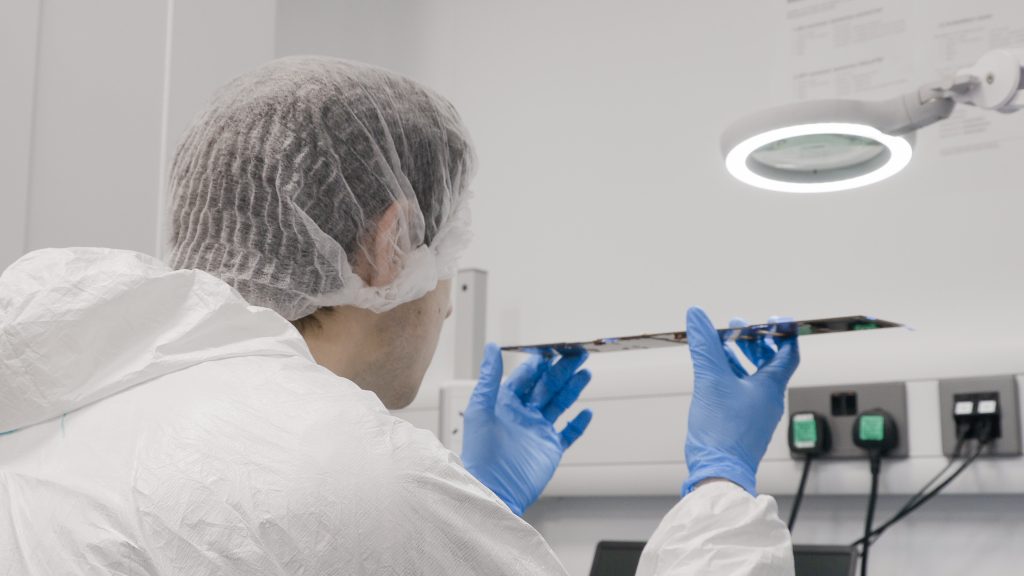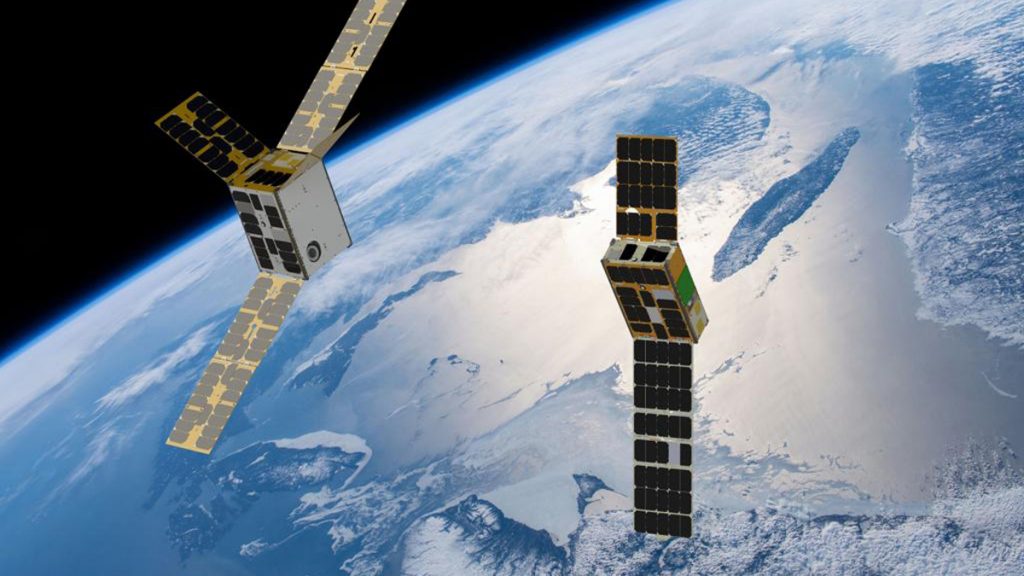Since Open Cosmos was founded, its mission has been clear - to simplify access to space in order to solve some of the world's biggest challenges. Today, the company is one of the fastest-growing space infrastructure providers in the sector, providing fully managed satellite missions which incorporate design, build, launch and operations.
Reliable, cost effective and fast, Open Cosmos is making it easier than ever for customers to access data and insights from space to make better, more informed decisions on Earth.
Their end-to-end space mission capability can be used for all domains, including IoT technology, Earth Observation, Telecommunications and PNT (Positioning, Navigation, Timing).

January 3rd 2023 saw the successful launch of Menut, the second satellite of the Catalan NewSpace strategy. Menut is a 6U form factor satellite featuring a high resolution multispectral imager. The earth observation payload monitors seven bands, from RGB to 3 red edges plus Near InfraRed with a 4.75 Ground Sampling Distance (GSD at 500 km) and a 19.5km swath. The data received from Menut will help to improve spatial planning and allow the data users to better understand the effects of the climate crisis worldwide.

In the following 12 months, Open Cosmos plans to launch and operate another 5 satellites in the form factor range between 6U to 16U.
Combining satellite imagery and next gen AI
Some of the most significant developments for Open Cosmos have been their work on edge computing and AI applications - all of which are designed to automate the process of data collection and dissemination. The upcoming Phisat-2 mission with ESA, for example, will include six different AI applications ranging from sat to map to automatic vessel detection. Combining earth observation imagery with onboard applications means real time decision making can take place within the platform, removing the process of manual decision making on the ground and delivering only the valuable insights that the customer requires.
Similarly MANTIS (Mission and Agile Nanosatellite for Terrestrial Imagery Services) a compact 12U satellite which is due to be launched in October this year, will provide remote sensing capabilities for the monitoring of natural resources. MANTIS is particularly suitable for energy and mining applications which are predominantly found in remote and hostile regions.
MANTIS will use a high-resolution optical payload with onboard recognition and change detection algorithms to enable the processing of data on the ground using the latest machine learning techniques.
DataCosmos - turning data into actionable intelligence
Critical to driving the sector forward is the ability to see more than simply what the image on screen is telling us, by advancing the technologies which allow advanced insights to be drawn from data.
Open Cosmos’ innovative data platform, DataCosmos, is a powerful interface which brings together different types of satellite imagery, data from complementary sources, results from algorithms and a roster of applications to make satellite imagery useful and valuable. Among numerous other applications, DataCosmos offers tools allowing customers to monitor the direction of travel of lava flow after a volcanic eruption, identify dangerous oil spills near desalination plants or even detect algal bloom locations.
All DataCosmos functionalities are available through APIs and can be embedded into automated decision making workflows, with DataCosmos applications running in the background as soon as new data becomes available. This ensures customers are always working from the latest information, by integrating timely, actionable and scalable insights into their business-critical processes.
Open Constellation - launching the world’s biggest mutualised constellation
Despite advancements in both upstream satellite infrastructure development and downstream technology, there is often a bottleneck between the two. Either the budget needed to fund an entire constellation is cost prohibitive, or the data generated from one or two satellites cannot provide the revisit times needed to form a rich picture. A solution was required that allowed institutions, organisations and governments to benefit from increased regularity of data without the need to invest in complex satellite infrastructure. OpenConstellation, the flagship offering from Open Cosmos, is a mutualised satellite infrastructure, comprising 25 earth observation satellites. Using this shared capacity reduces overall costs and increases access to better quality, more frequent data. With more satellites in orbit, more areas can be covered more frequently, giving partners of the OpenConstellation a greater global coverage.

Open Orbit - End to end mission management
Open Cosmos truly is a one-stop shop for every single aspect of satellite missions. Their extensive experience in managing entire missions, from concept design through to manufacture, test and launch allows customers to focus on mission output. Alongside this, they work collaboratively with customers to develop tailored payloads, customised to the needs of the mission requirement.
High performance, reliable satellite infrastructure can be developed in months, tested and manufactured on site, launched from a host of global locations and operated by experienced engineers to deliver the data and insights that make a difference to those organisations looking to solve global challenges.
If you have an idea you’d like to get into orbit simply, quickly and cost effectively - contact Open Cosmos today.
E-mail: sales@open-cosmos.com
